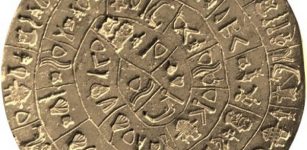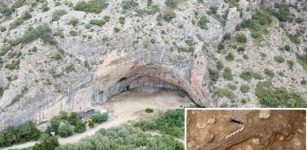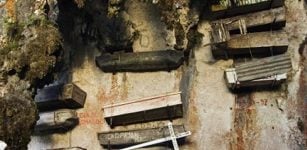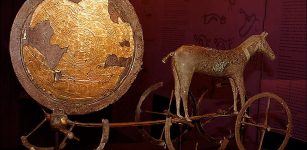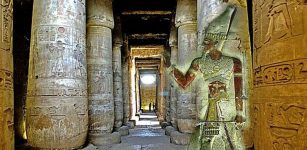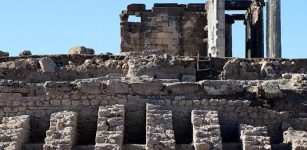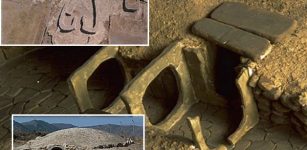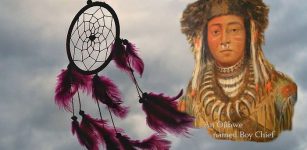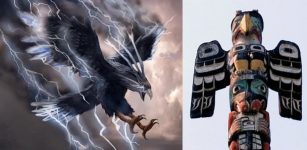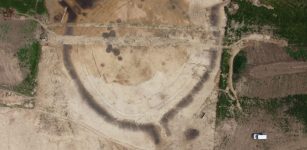The Bimaran Casket – Rare Golden Artifact Found In Ancient Stupa
MessageToEagle.com – This artifact is very small. It is only 7 cm (2 3/4 in) high. It is known as the Bimaran Casket and it is made of gold.
The artifact, probably Indo-Greek work. is an ancient Buddhist reliquary and represents a rare iconography.
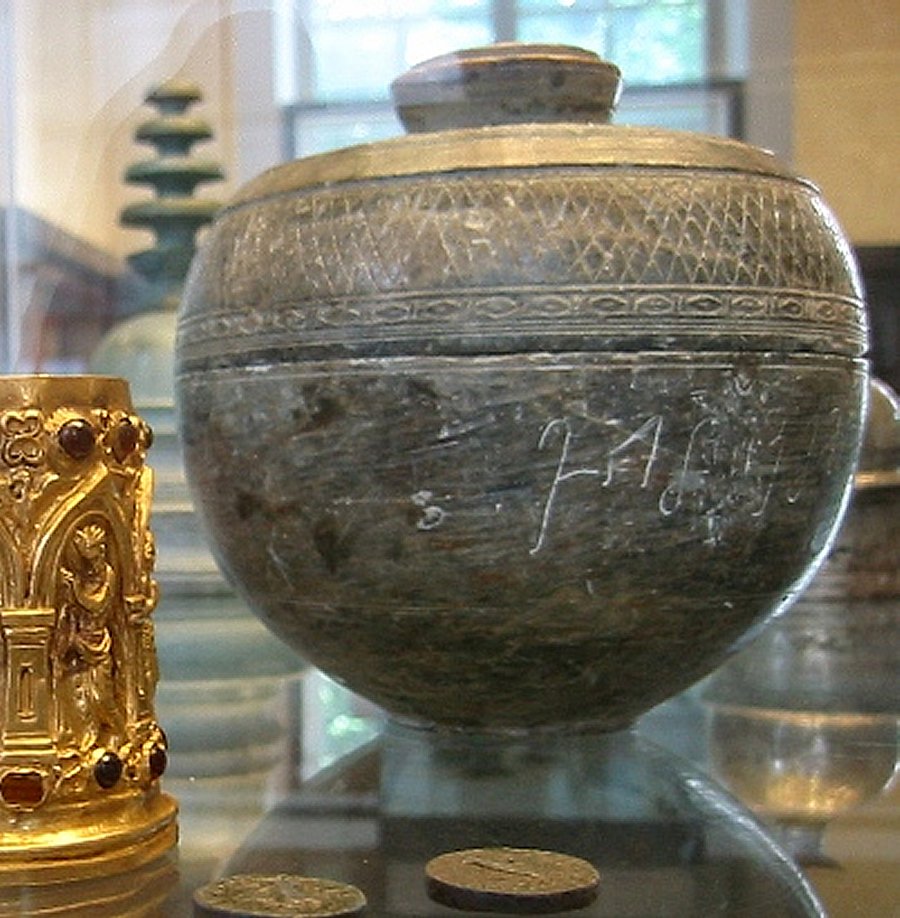
It was found inside the stupa at Bimaran, near Jalalabad in eastern Afghanistan. His discoverer is the archaeologist Charles Masson (1800–1853), whose real name was James Lewis, a British East India Company soldier, traveler and explorer.
He was the first European to discover the ruins of Harappa near Sahiwal in Punjab, now in Pakistan.
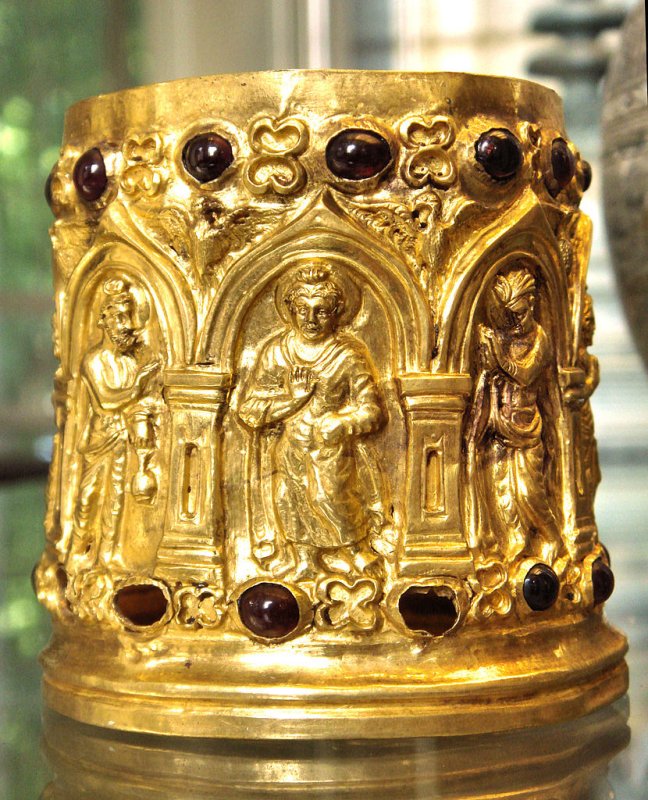
When Masson found the casket during his work in Afghanistan between 1833 and 1838, it contained coins of the Indo-Scythian king Azes II, who is believed never existed and finds attributed to his reign probably should be reassigned to Azes I. Therefore, researchers suggested a date around 30 BC to around 10 BC.
See also:
The Great Stupa At Sanchi – Oldest Stone Structure In India
Spectacular 2,500 Years Old Shwedagon Pagoda In Myanmar – World’s Oldest Pagoda
Surprising Discovery Of The Biggest Buddha “Foot” In India
The artifact is also sometimes dated to a slightly posterior date of 50 CE, based on a redeposition theory, and sometimes much later (2nd century CE), based on artistic assumptions.
The Bimaran relic is cylindrical in shape and covered with relief carvings of eight figures hammered from the reverse. This include two groups of Brahma, Buddha and Indra on either face and two devotees.
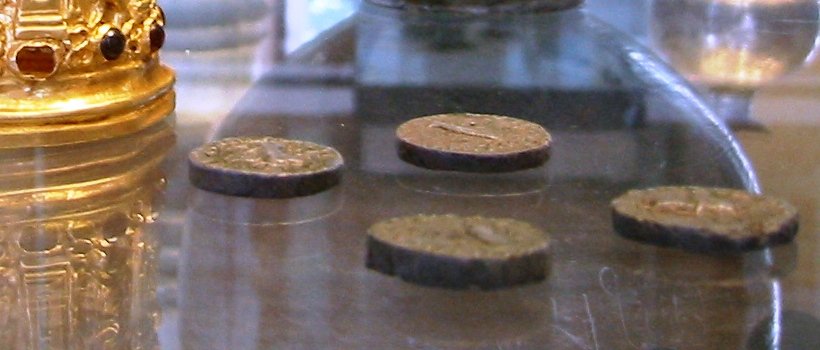
The inscription records that the reliquary contained some of the actual bones of the Buddha however by the time this casket was found, both the lid and the relics were missing.
The small gold carving of Buddha in this casket is thought to be the earliest anthropomorphic representation of the Buddha.
MessageToEagle.com
source: British Museum

